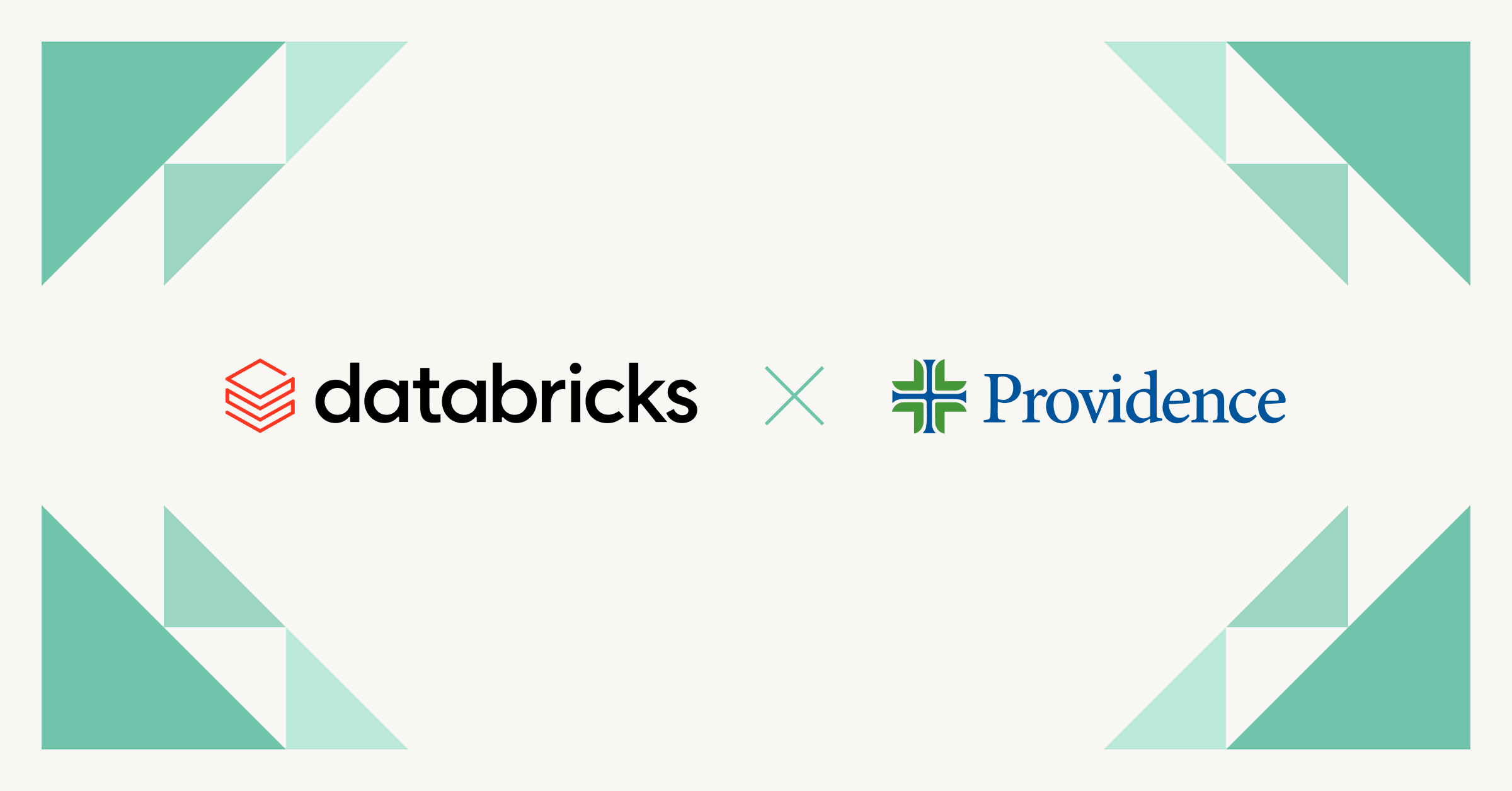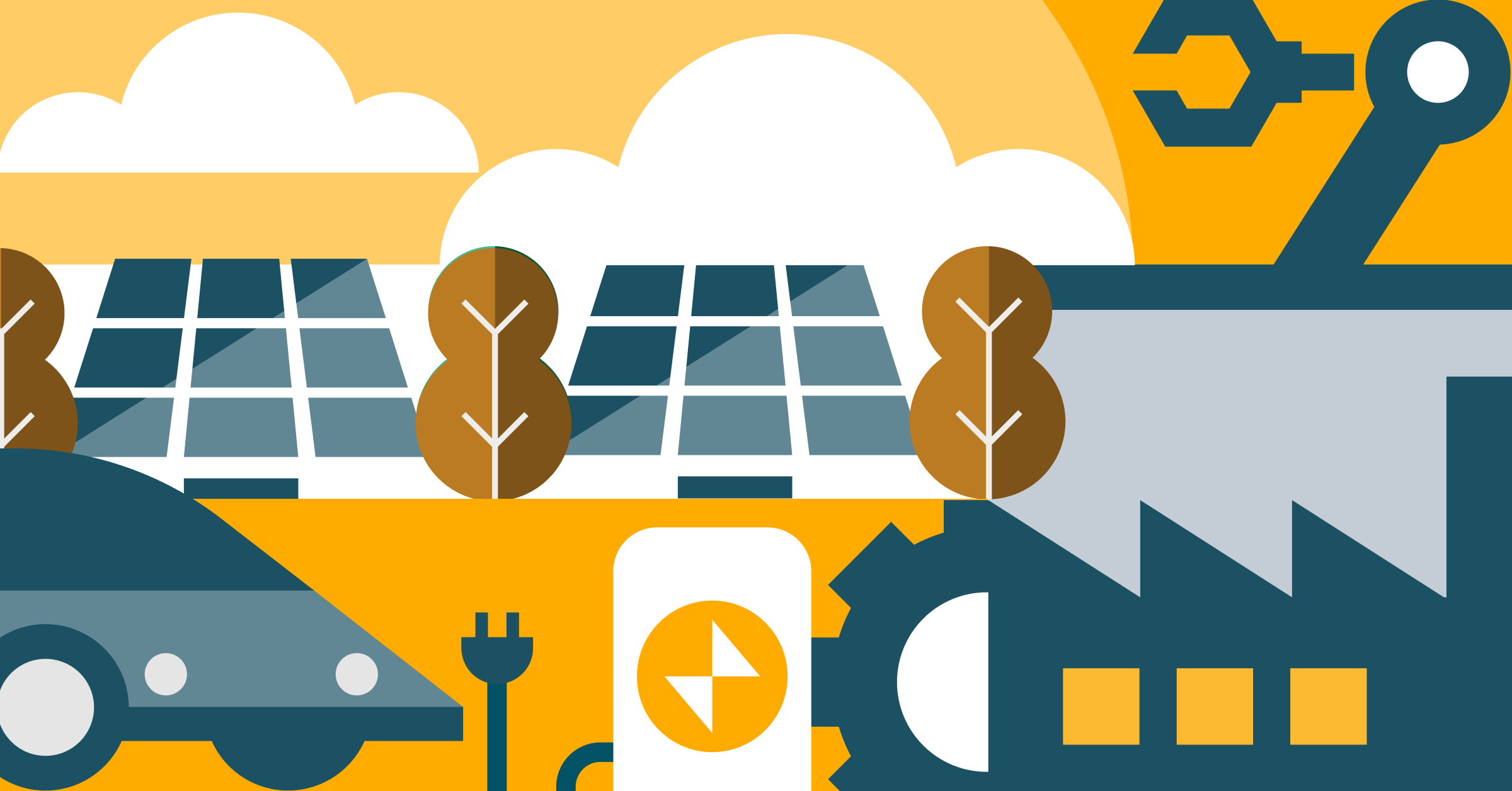Getting started with generative AI in healthcare and life sciences

Published: August 29, 2023
by Mike Sanky, Amir Kermany and Aaron Zavora
The explosive growth of ChatGPT has influenced every industry to reexamine their artificial intelligence (AI) strategies. While healthcare & life sciences has been exploring the use of data and AI to improve patient care, medical research, and clinical decision-making for years, large language models (LLMs) has elevated AI to a strategic initiative healthcare leaders can no longer ignore.
Why now? Healthcare is ripe for disruption.
Healthcare has inefficiencies that drive up the cost of care
Today, the United States spends more on healthcare than any other country, with costs approaching 18% of the gross domestic product (GDP). Within that figure, the cost of wasteful spending accounts for $760 billion to $935 billion annually.
Top contributing factors of waste and their annual costs include:
- Administrative complexity: $265.6B
- Fraud, waste and abuse: $58B
- Failure of care coordination: $27.2B
LLMs aren't a panacea, but they can help
By unlocking vast amounts of data, we have an opportunity to tap into the potential of Artificial Intelligence (AI), technology poised to revolutionize healthcare by automating processes, connecting disparate teams, and driving new insights.
Let's take wasteful spending as a first area of opportunity to focus - the estimated potential savings from waste reduction ranges anywhere between $191 billion to $286 billion. LLMs can automate medical coding and billing, reduce transcription costs, improve clinical documentation, and detect medication errors. Beyond the financial benefits, non-financial benefits are also achieved including better patient and member experiences.
The benefit is clear. What's inhibiting organizations from taking action?
First, getting from here to there requires the right data platform
The ability to ingest, transform, analyze, and share healthcare data plays a key role in driving new innovations, advancing medical research, and improving patient outcomes. According to IDC, each person in the world is expected to generate approximately 270 GB of healthcare and life science data each year, and organizations that can tap into the full potential of all of this data are seeing measurable results.
Despite the tremendous growth in the volume and variety of data generated over the last decade in healthcare, traditional methods of data analysis and sharing have not kept pace, which has prevented organizations from tapping the full potential of this data.
Unifying data from diverse sources poses significant challenges for healthcare organizations. Siloed data repositories, varying data formats, and incompatible legacy systems make it difficult to derive holistic insights. Traditional data integration methods, such as manual data transfers or rigid ETL (Extract, Transform, Load) processes, often prove inadequate and result in delays, errors, and incomplete views of a patient or population. Additionally, data quality, privacy, and compliance concerns add further complexity to the unification process, requiring meticulous attention.
Getting this right is a critical first step to exploring LLMs. This means bringing together broader and more diverse data sets when training an LLM in order to generate recommendations tailored to a patient's broader context.
LLM use cases across healthcare and life sciences
While healthcare and life sciences leaders see the transformative potential of LLMs based on how other industries have adopted the technology, they often struggle to see how to apply to their own organization and how they can take steps to safely implement it.
Healthcare is a risk-averse and highly regulated space - there's heightened scrutiny around how personal health data is used. Inputting protected health information (PHI) into public LLMs like ChatGPT could lead to potential HIPAA violations. The emergence of open source LLM models - that is training your own models, on your own data, plays a key role in addressing this concern.
Despite these challenges, generative AI is here to stay. This technology is playing out amongst customers today. They're starting with use cases that are high-impact to operational and patient-facing initiatives, including:
Improved patient / member engagement
Chatbots and virtual assistants are deployed on a healthcare organization's website or mobile application, providing an interactive, real-time way to enhance patient communication and guidance. For care teams, LLMs can help summarize and streamline responses to patient portal inbox messages.
Reducing clinical note documentation and transcription
If you've ever stepped foot into a doctor's office, you're familiar with the electronic health record (EHR); your vital signs, medical history, medication orders, and more are captured here every visit. Healthcare providers spend a considerable amount of time in their day interacting with the EHR - up to 5 hours for every 8 hours of scheduled clinical time (or over 100 million hours per year). Notes which are then transcribed by human medical transcriptionists, costing millions of dollars annually. Large language models can assist in analyzing patient data, enabling informed decision-making through pattern identification and offering treatment suggestions.
Biomedical literature synthesis
LLMs can process and synthesize vast amounts of publicly available scientific literature. Combine this data with an internal knowledge base, LLMs enable researchers to stay up-to-date with the latest discoveries and identify novel research hypotheses across a large corpus of text. Organizations can start with an open source, fine-tuned large language model like Llama 2, and an open source orchestration framework like LangChain, like in this solution accelerator.
Clinical trial optimization
The typical drug trial can take years and cost billions of dollars. LLMs can help identify suitable patient populations for clinical trials, optimize trial design, predict patient outcomes, and accelerate recruitment, improving the efficiency and success rates of clinical research. Moreover, leverage LLMs to speed up summarized report generation from Contract Research Organizations (CROs) for R&D and Global Medical Affairs to submit for regulatory review and approval.
Drug repurposing
By analyzing the properties of existing drugs and their interactions with various targets, LLMs can identify new therapeutic uses for approved drugs, shortening the drug development timeline and reducing costs
Next-best action driving commercial effectiveness
LLMs can summarize interactions between sales representatives and healthcare professionals (HCPs) through phone and email transcripts with healthcare providers, suggesting the next-best step.
How Databricks helps get you started with LLMs for HLS
LLMs have the potential to revolutionize the way healthcare and life sciences organizations discover insights and impact patient outcomes. But it's still early days. What is critical for healthcare organizations is to prepare for this new wave of technology, today. Healthcare organizations can do that by:
- Developing an enterprise data strategy. Any future use of LLMs will require massive amounts of data to be used by the model, either for training or fine-tuning. Healthcare organizations should identify what outcomes they are trying to achieve, what data is important for a given outcome in mind, how automation (AI) can be used to reduce time to reach the desired outcome, and align technology to meet these demands. A key factor in strategy-setting, is asking the question: "how do I become data-centric, and drive decisions off of it?" Organizations should outline how AI can be used to personalize recommendations, improve supply chain and inventory management, and drive predictive analytics.
- Enabling outcomes with democratized data. Invest in building a unified data architecture that can collect, store, and manage all types of data (structured, semi-structured, unstructured) while also supporting all downstream AI and BI use cases. With Large Language Models (LLMs), which tend to be generalized, what will make them powerful and relevant is data specific to organizations, including creating data-as-a-service for your data teams. Organizations should be investing in capturing and annotating data in anticipation of these generative models. Critically, in order to share data in a compliant manner (e.g., with HIPAA), look for data platforms that provide strong governance and auditability. HealthVerity, for example, uses Databricks Unity Catalog and Databricks Clean Rooms to enable secure sharing of one of the largest consumer and healthcare data sets with researchers, public policy officials, and healthcare providers to accelerate medical innovation without compromising patient security.
- Pilot. While generative AI in healthcare is not production ready for many regulated workloads - such as prescribing medicine - it can be used for automating many administrative tasks and workloads requiring routine language processing, such as information retrieval, text summarization, content creation for marketing etc
Want to learn more? Visit our site to learn how Lakehouse for Healthcare and Life Sciences is helping organizations get from here to there, by unifying all of their data, analytics, and AI.
And if you're ready to get started with LLMs, check out our solution accelerator Biomedical Literature Q&A with LLMs.

